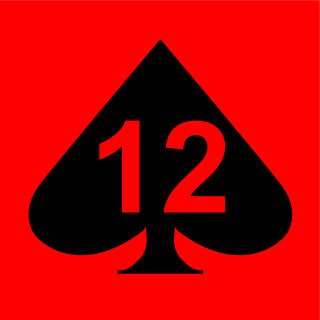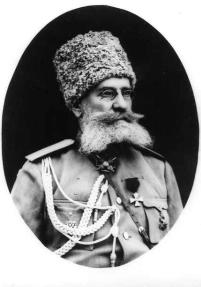
The South Lancashire Regiment was a line infantry regiment of the British Army in existence from 1881 to 1958.

The 12th Armoured Brigade Combat Team, formerly the 12th Armoured Infantry Brigade, is a regular brigade of the British Army which has been in almost continuous existence since 1899 and now forms part of 3rd Division.
The 10th Infantry Brigade was a Regular Army infantry brigade of the British Army formed during the Second Boer War in 5th Division, and during both World Wars the brigade was part of the 4th Infantry Division.

The Loyal Regiment (North Lancashire) (until 1921 known as the Loyal North Lancashire Regiment) was a line infantry regiment of the British Army that was in existence from 1881 to 1970. In 1970, the regiment was amalgamated with the Lancashire Regiment to form the Queen's Lancashire Regiment which was, in 2006, amalgamated with the King's Own Royal Border Regiment and the King's Regiment (Manchester and Liverpool) to form the Duke of Lancaster Regiment (King's, Lancashire and Border).
The 10th Infantry Division was an infantry formation of the Russian Imperial Army that existed in various formations from the early 19th century until the end of World War I and the Russian Revolution. The division was based in Warsaw and later Nizhny Novgorod in the years leading up to 1914. It fought in World War I and was demobilized in 1918.
The 13th Army Corps was a corps of the Imperial Russian Army, formed in the 1870s. The corps fought in the Russo-Turkish War and World War I, and was disbanded with the collapse of the Imperial Russian Army after the Russian Revolution. During peacetime, it was stationed in the Moscow Military District.
The 37th Infantry Division was an infantry formation of the Russian Imperial Army. Its headquarters was located at Saint Petersburg.
The 5th Army Corps was an Army corps in the Imperial Russian Army.
The 7th Army Corps was an Army corps in the Imperial Russian Army.
The 9th Army Corps was an Army corps in the Imperial Russian Army.
The 10th Army Corps was an Army corps in the Imperial Russian Army.
The 15th Army Corps was an Army corps in the Imperial Russian Army.
The 16th Army Corps was an Army corps in the Imperial Russian Army.
The 21st Army Corps was an Army corps in the Imperial Russian Army. Their headquarters are in Kiev.
The 23rd Army Corps was an Army corps in the Imperial Russian Army.

Vasily Egorovich Flug was an Imperial Russian Army General of the Infantry. A career military officer, he served in the Boxer Rebellion, Russo-Japanese War, and World War I, before joining the White movement during the Russian Civil War. Like many other officers, he went into exile after the end of the Russian Civil War, initially moving to Yugoslavia. After World War II, Flug went to the United States, where he died.
The 1st Guards Corps was a corps-level command in the Imperial Russian Army that existed in the decades leading up to and during World War I. Stationed in Saint Petersburg, it included some of the oldest and best known regiments of the Emperor's Guard.

Vladimir Mikhailovich Bezobrazov was a Russian military leader from the Bezobrazov family, general from the cavalry, adjutant general. From 1915-1916 he was commander of the Guard.

The 5th Siberian Army Corps was an Army corps in the Imperial Russian Army.

Georgy Eduardovich Bergmann was a Russian General of the Infantry who was known for organizing the Bergmann Offensive against the Ottoman Empire during the First World War. He was also a commander of the White Army during the Russian Civil War.






